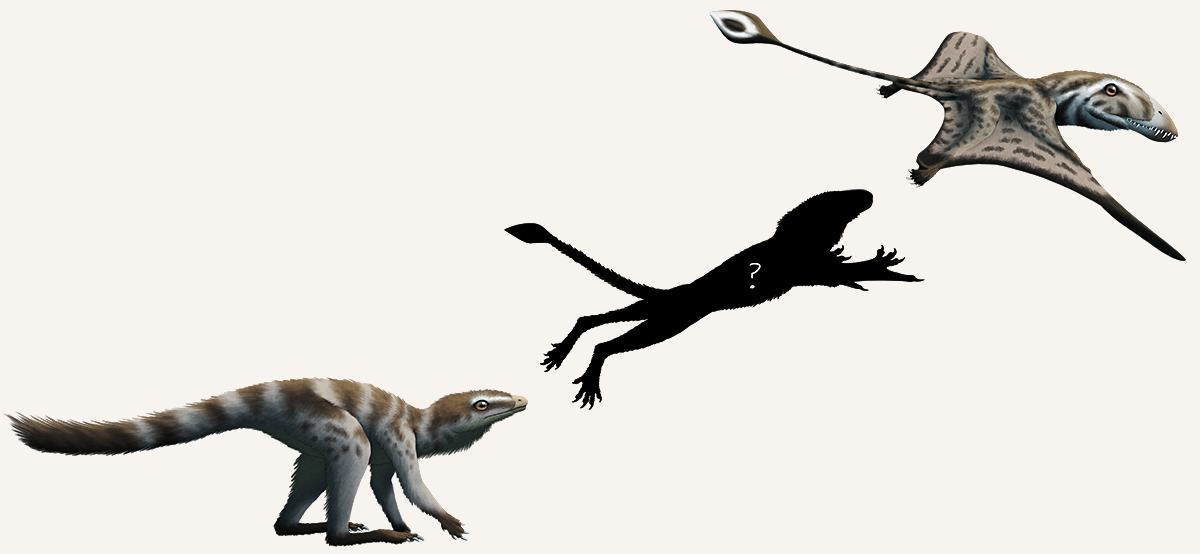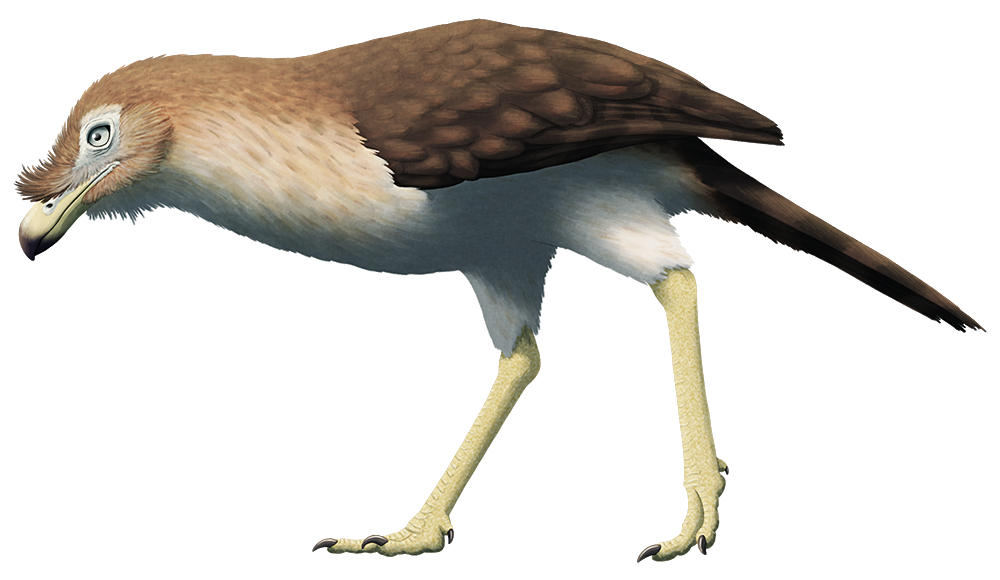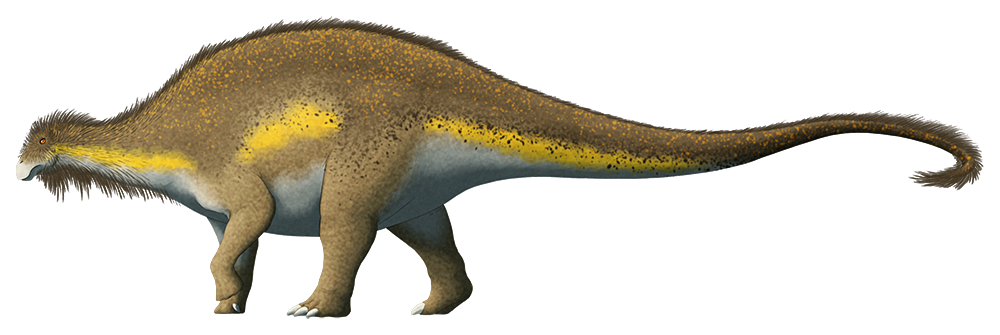Welcome to Unsolved Paleo Mysteries Month!
There’s a lot of things we now know about the distant past that seemed impossible only a few decades ago – discovering the colors of fossilized animals, fragments of collagen in dinosaur bones, and even finding near-complete remains of previously enigmatic animals like Deinocheirus.
But there’s also still a lot of things we don’t know. The fossil record is spotty and very incomplete, and even as we answer some questions others remain frustratingly unanswered.
So, every weekday during March I’ll be featuring a different paleontological mystery. Starting with…
Ptransitional Pterosaurs
We don’t really know where pterosaurs came from.
They appeared suddenly in the Late Triassic (~228 mya) with their anatomy already fully adapted for flight, and there are no traces of transitional forms before that point.
We at least know they were members of the archosaurs, and the sister group to dinosaurs, and their closest known relative seems to have been a small hopping creature named Scleromochlus. The complete lack of any other potential ancestors suggests that proto-pterosaurs must have evolved incredibly rapidly in an environment that just didn’t favor fossilizing their tiny fragile remains.
We might get lucky one day and finally find a pterosaur equivalent of Archaeopteryx, but for now all we have are hypothetical ideas of what such animals might have looked like.




